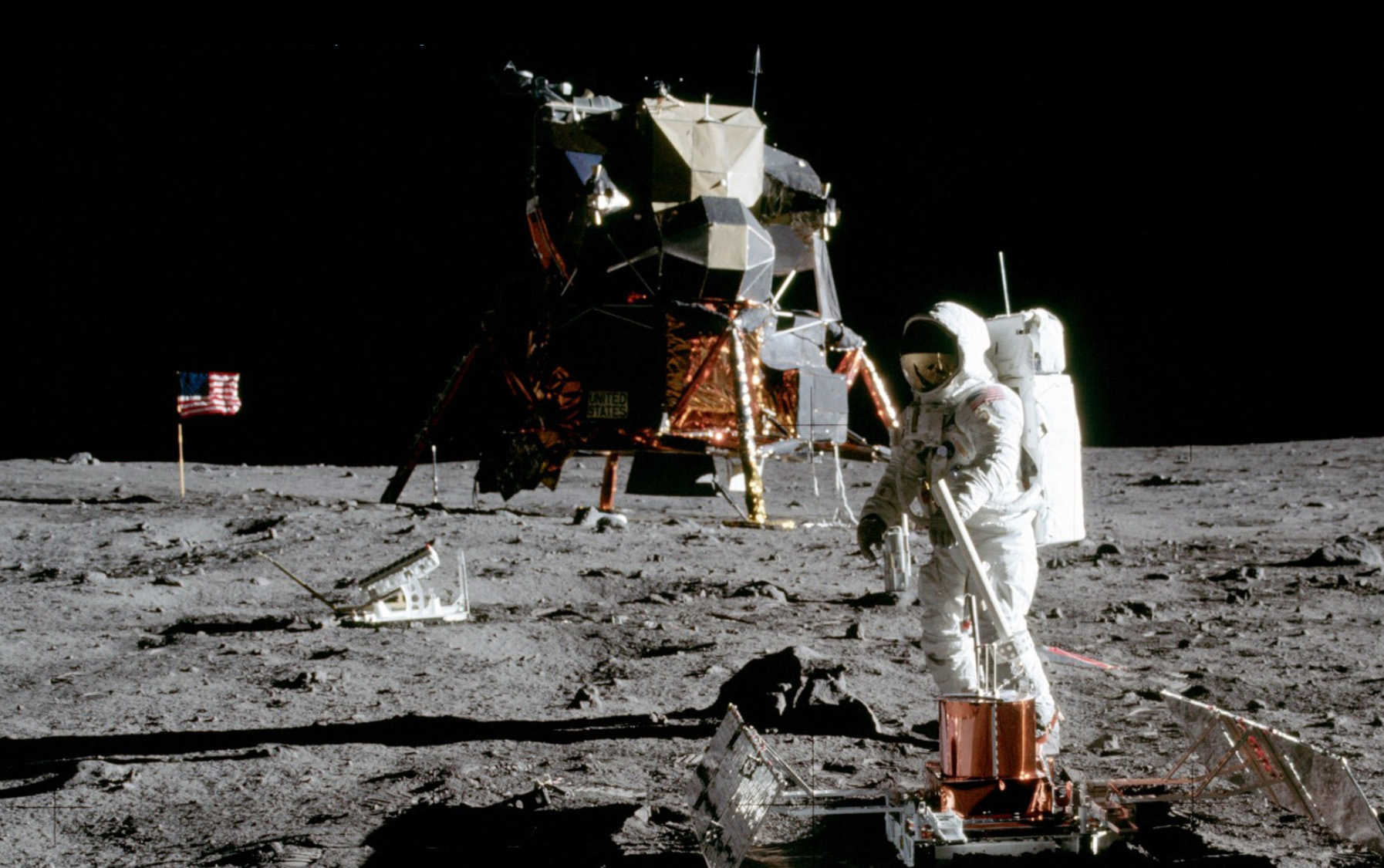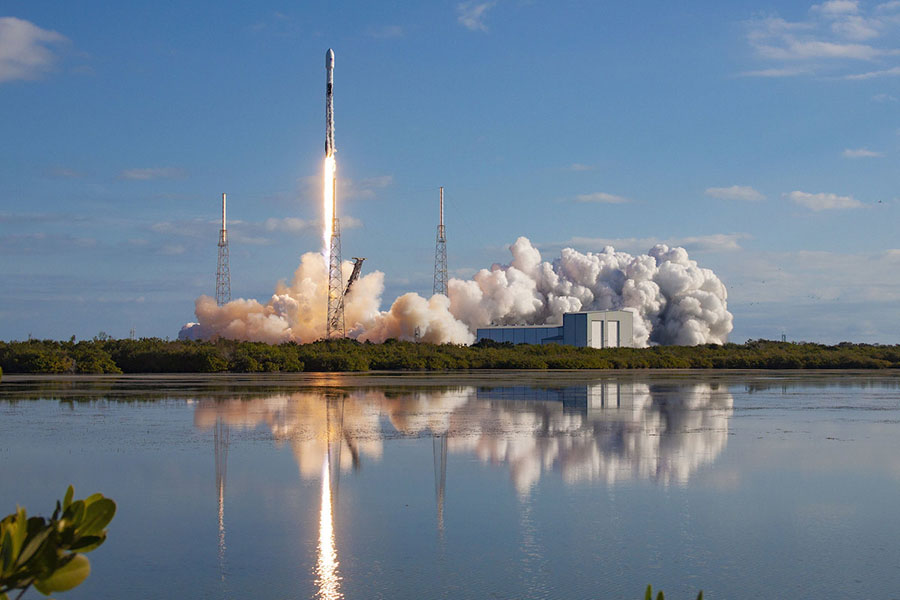As the world’s population continues to grow, so does the demand for food. Agriculture is essential in meeting this demand, but have you ever stopped to think about what lies at its foundation? The answer is simple: soil health. Healthy soil is vital to sustainable agriculture and plays a significant role in producing high-quality crops that nourish us all. In this blog post, we’ll explore the components of healthy soil, its benefits, threats to soil health and sustainable management practices that can help us maintain our soils’ health for generations to come!
Soil as the Foundation of Agriculture
Soil is the foundation of agriculture. It’s where crops grow, and it’s what sustains our food system. Without healthy soil, we wouldn’t have abundant harvests or nutritious food. But what exactly makes up healthy soil?
Firstly, soil is a complex mixture of minerals, organic matter, water, air and microorganisms that work together to create an environment for plant growth. These components vary in different soils around the world and can affect crop yields.
Secondly, soil health determines how well it can support plant life sustainably. Healthy soils are able to provide nutrients essential for plant growth while maintaining their structure and stability.
Farmers must manage their soils carefully to maintain its health by avoiding contaminants such as pesticides or overuse of fertilizers which can harm essential microorganisms present in the soil.
In summary, healthy soil forms the basis of sustainable agriculture; without it farming would be impossible on a large scale. Understanding its composition and managing its health is critical for producing high-quality crops that nourish people worldwide while preserving our planet’s natural resources!
The Components of Healthy Soil
The components of healthy soil are crucial for the growth and nourishment of crops. Soil is a complex mixture of organic and inorganic materials that interact with one another to create an environment suitable for plant growth. The four main components of healthy soil are minerals, organic matter, water, and air.
Minerals make up the inorganic component of soil. They provide essential nutrients to plants such as nitrogen, phosphorus, and potassium which help with their growth and development. Additionally, minerals also play a role in maintaining proper pH levels in the soil.
Organic matter refers to any living or once-living material found within the soil such as dead plant material or animal waste. Organic matter contributes to many benefits such as improving water retention capacity, increasing nutrient availability for plants through decomposition processes and providing food sources for beneficial microorganisms.
Water is essential for all life on Earth including plants – it helps transport nutrients from roots to leaves while also regulating temperature levels within the plant’s cells.
Air is equally important as it provides oxygen necessary for root respiration while preventing diseases caused by anaerobic bacteria that thrive without air supply.
Understanding these essential components can help farmers implement sustainable management practices that improve overall soil health leading to better crop yields.
The Benefits of Healthy Soil
Healthy soil is the foundation of sustainable agriculture, and it comes with several benefits. Firstly, healthy soil contains a diverse range of microorganisms that make nutrients available to plants for their growth. This means that crops grown in healthy soils are more nutritious and resilient than those grown in depleted soils.
Secondly, healthy soils have a better structure, which can improve water retention capacity and prevent runoff. This is particularly important in areas where rainfall is unpredictable or scarce as it ensures that crops have access to moisture throughout their growing season.
Thirdly, by promoting biodiversity in the soil ecosystem, healthy soils support various organisms essential for plant pollination and pest control. As such, farmers who practice sustainable agriculture methods like crop rotation and cover cropping often see an increase in yield and quality.
Investing in maintaining healthy soils has long-term economic benefits as well. Healthy soil management practices help reduce input costs like fertilizers while simultaneously providing yields at par or better than conventional farming techniques.
The benefits of having a strong foundation of healthy soil cannot be overstated; therefore supporting sustainable agricultural practices should be championed always.
The Threats to Soil Health
Soil health is critical in sustainable agriculture, but it is facing threats that can compromise its quality. One of the primary threats to soil health is erosion caused by wind and water. Erosion strips away nutrient-rich topsoil, making it difficult for crops to grow.
Another threat to soil health is chemical contamination from excessive use of pesticides and fertilizers. While these chemicals may increase crop yields in the short term, they can harm beneficial organisms living in the soil and cause long-term damage.
Soil compaction caused by heavy machinery and foot traffic also poses a significant threat to soil health as it reduces air spaces between soil particles, hindering root growth and water movement through the soil.
Climate change also impacts the quality of land because extreme weather events like droughts or floods affect soil structure, which leads to reduced productivity. Additionally, rising temperatures increase microbial activity levels leading to more rapid degradation of organic matter essential for healthy soils.
These threats are concerning because poor-quality soils lead to low agricultural productivity, food insecurity, poor nutrition outcomes as well as environmental degradation. To address these challenges sustainably requires implementing practices such as reducing tillage intensity and frequency; using cover crops; composting manure instead of adding synthetic fertilizers; rotating crops regularly among others that improve sustainability while still increasing productivity on farms.
Sustainable Management Practices for Healthy Soil
Sustainable management practices are essential for maintaining healthy soil. One of the most important practices is crop rotation, which involves rotating different crops in a field to avoid depleting the soil of specific nutrients. This helps keep the soil fertile and healthy.
Another practice that promotes healthy soil is cover cropping, which involves planting crops specifically grown to protect and enrich the soil during fallow periods. Cover crops help prevent erosion and improve water retention while adding organic matter to the soil.
Conservation tillage is another sustainable practice that minimizes disturbance of the topsoil, leaving plant residues on top after harvest to protect against erosion and provide nutrients for future crops. It also reduces fuel consumption by reducing tractor passes over fields.
Using natural fertilizers such as compost or manure instead of synthetic ones can also benefit both plants and soils alike. Natural fertilizers contribute more nutrients over time than synthetic ones while improving overall health through higher microbial activity in the soil.
Sustainable management practices ensure that we maintain healthy soils for our agriculture system’s long-term sustainability. By implementing these techniques into everyday farming practices, we can preserve our precious resources while keeping our land productive year after year.
Conclusion
Soil health is crucial for the sustainability of agriculture. Healthy soil not only provides essential nutrients to plants but also plays a vital role in maintaining biodiversity and mitigating climate change. Soil degradation, on the other hand, can lead to severe consequences such as reduced crop yields and increased greenhouse gas emissions.
Therefore, it is essential to implement sustainable management practices that promote healthy soil. These include reducing tillage, using cover crops, rotating crops, and incorporating organic matter into the soil. By adopting these practices and prioritizing soil health in agricultural systems worldwide, we can ensure food security while protecting our environment for future generations.










